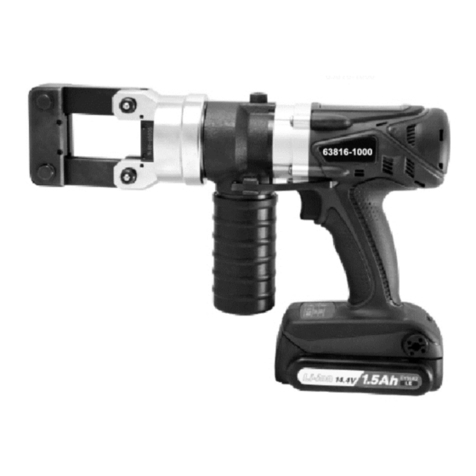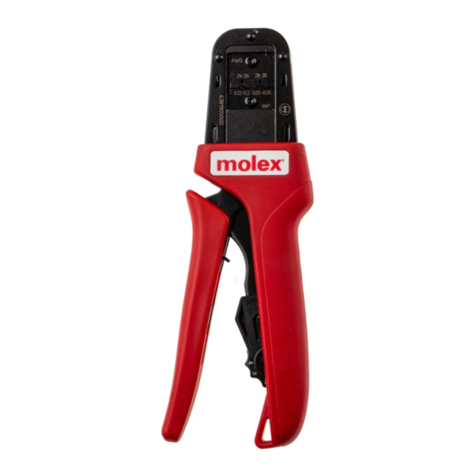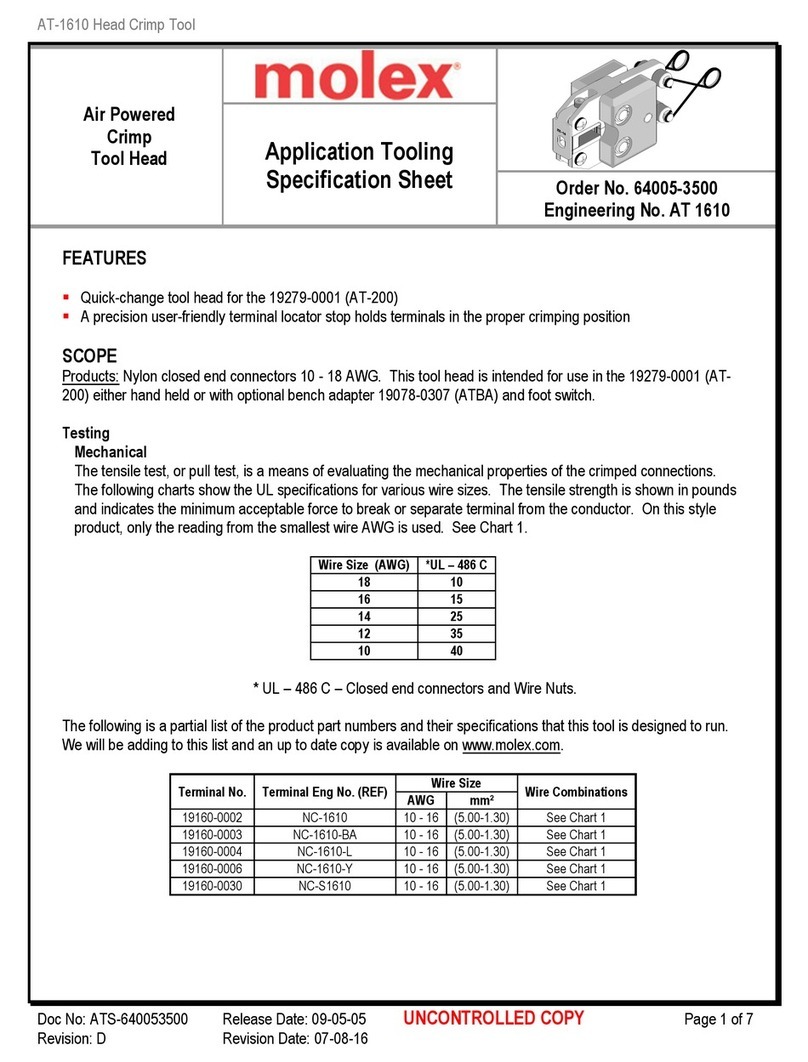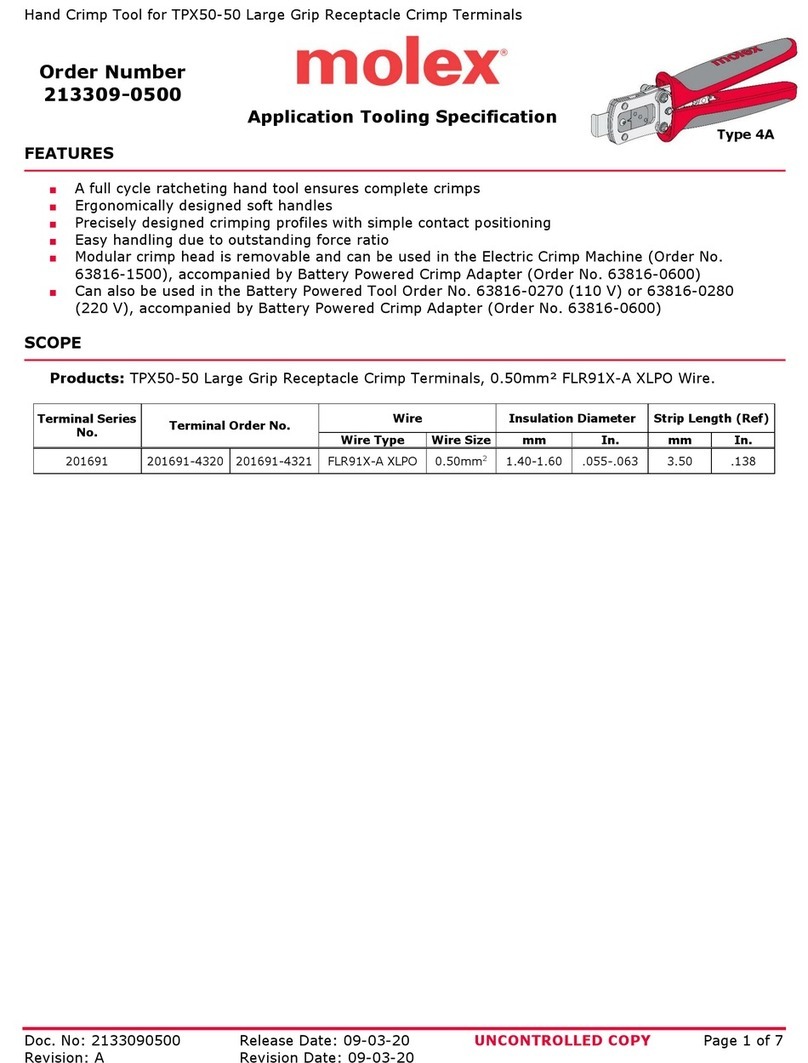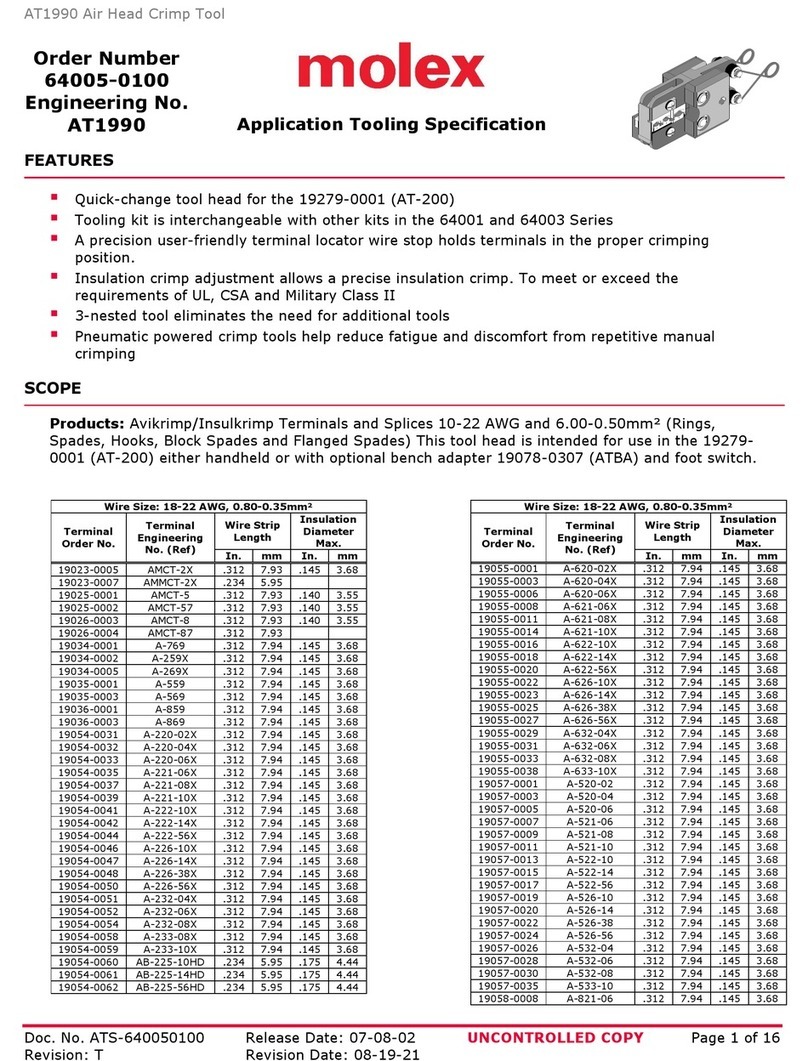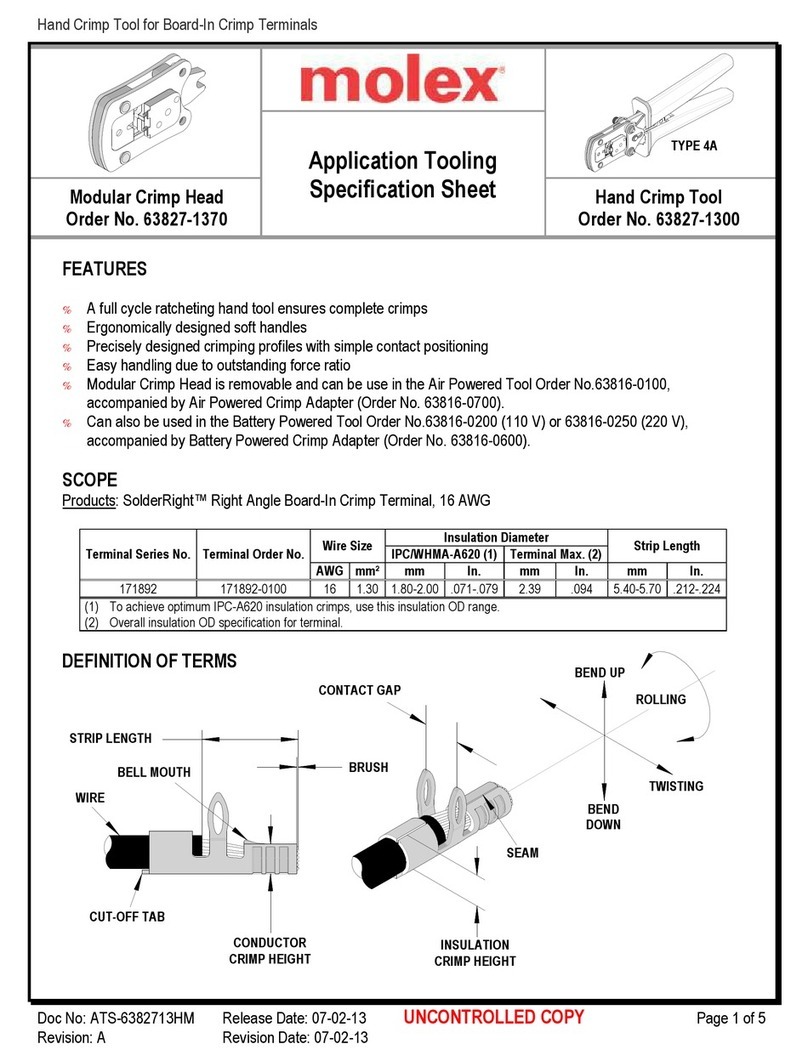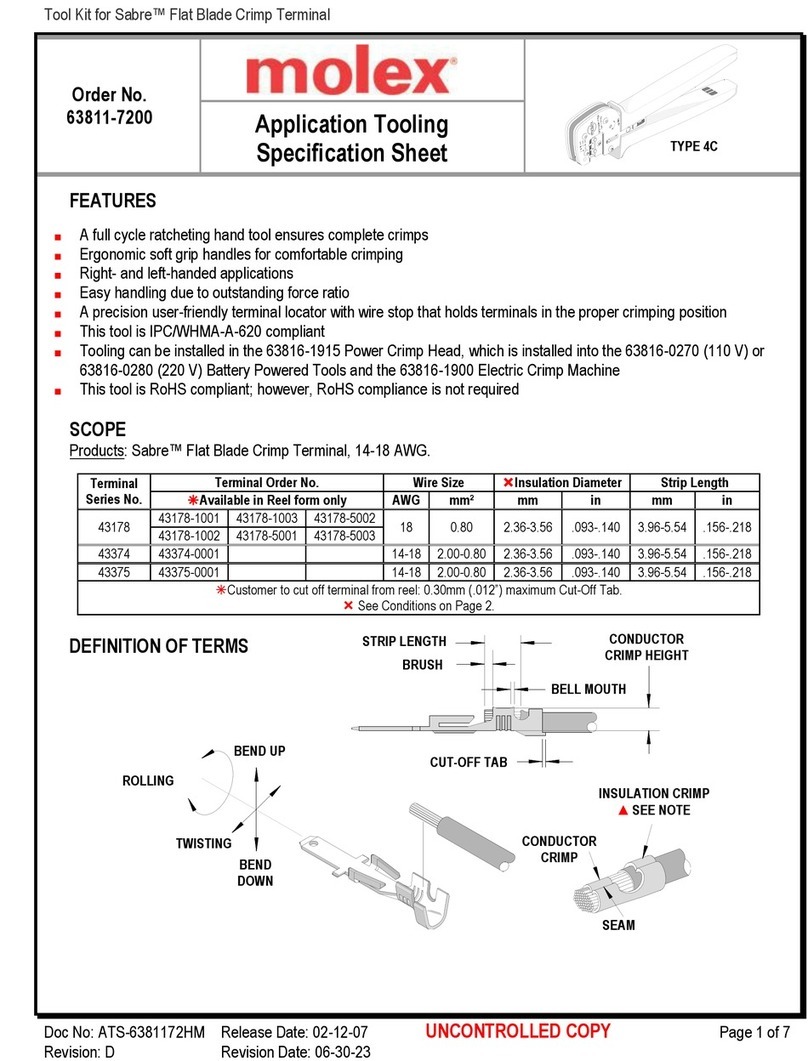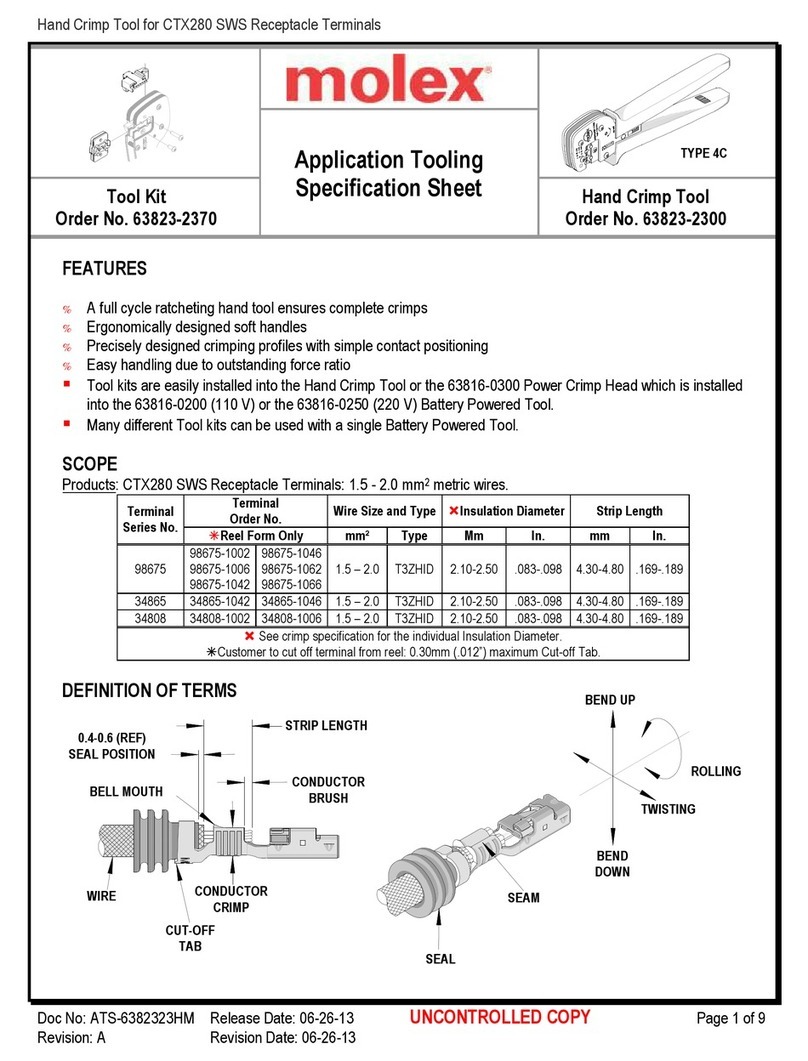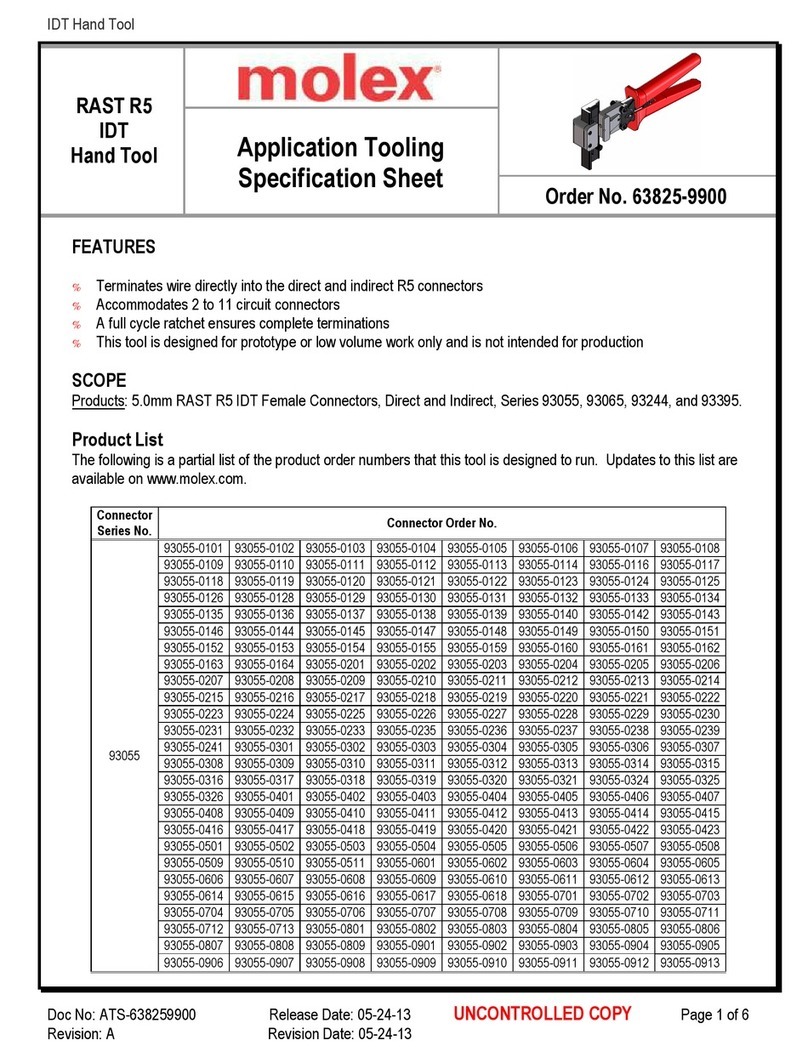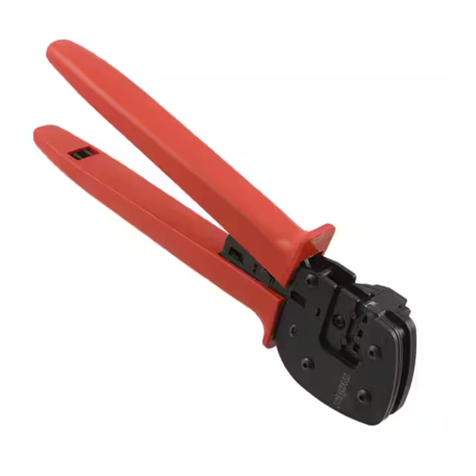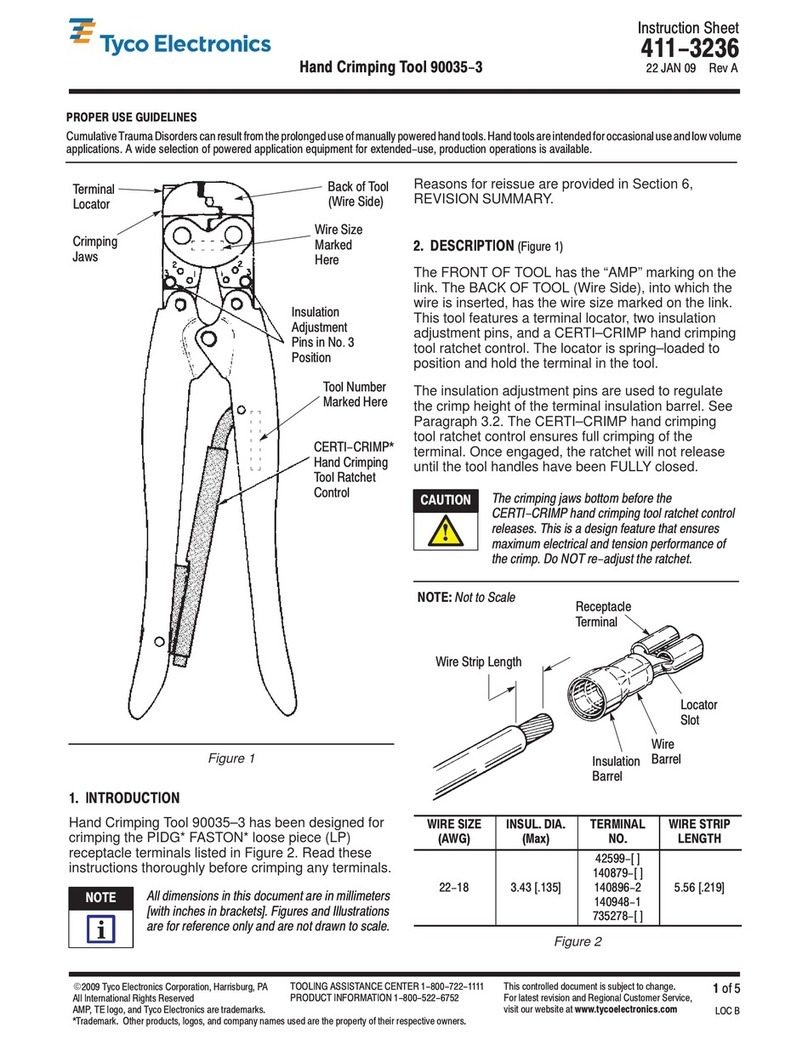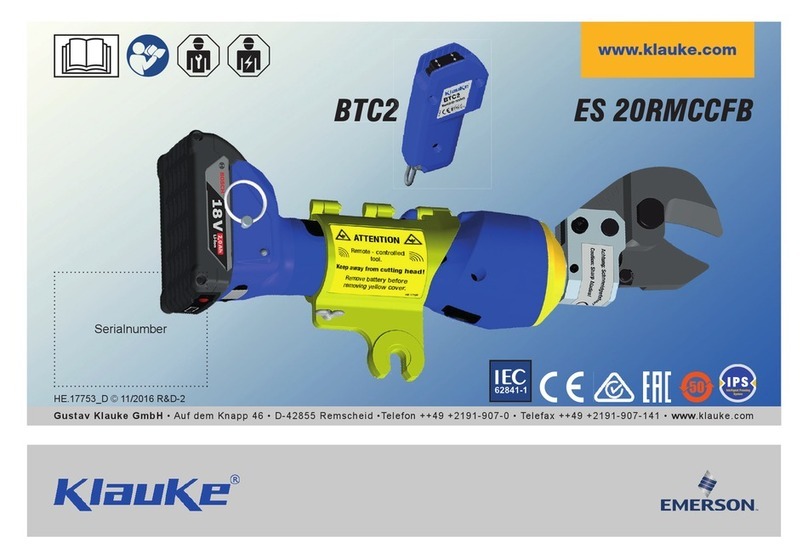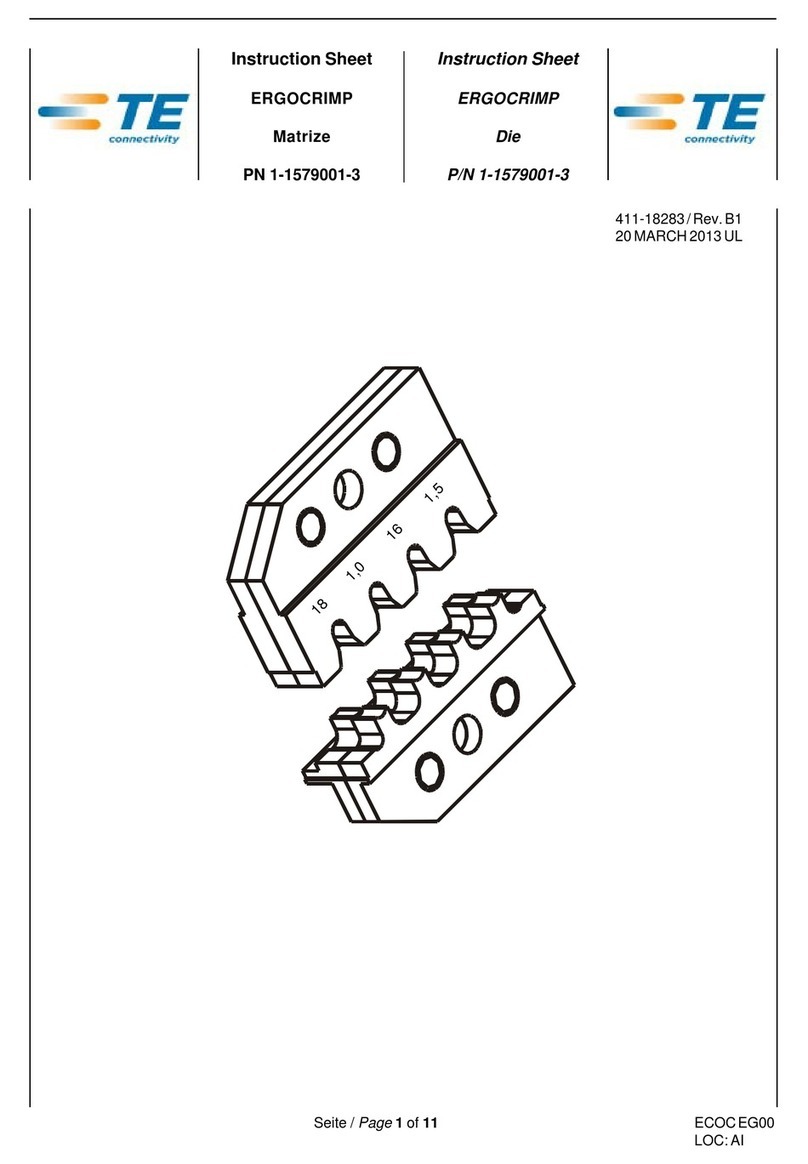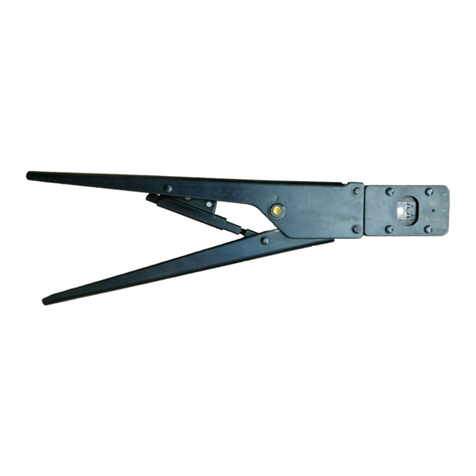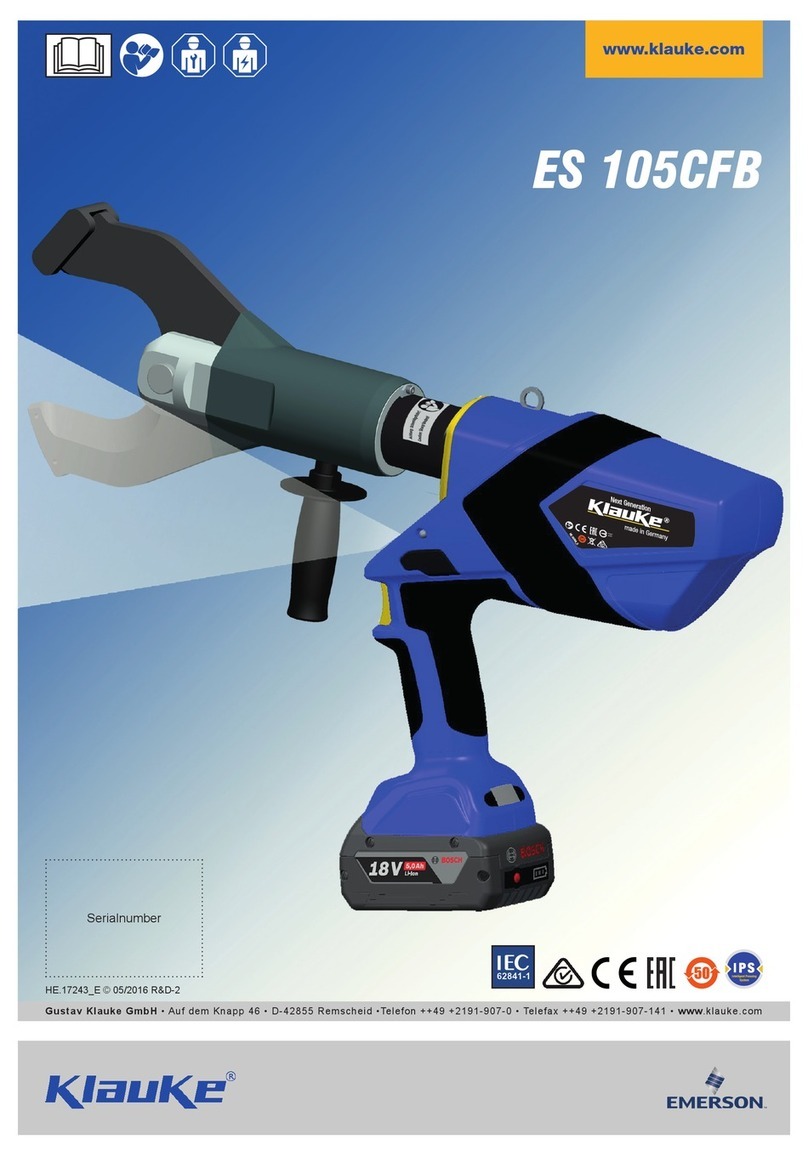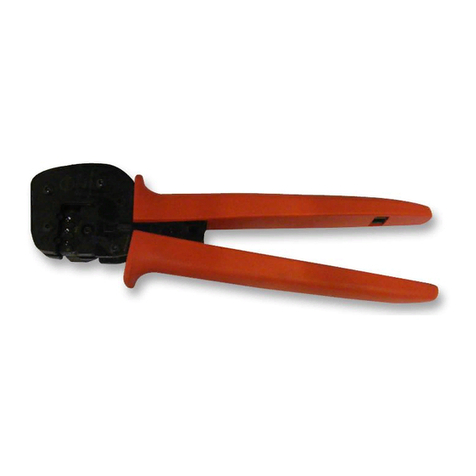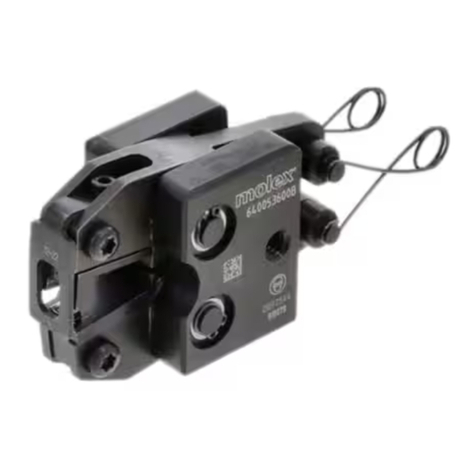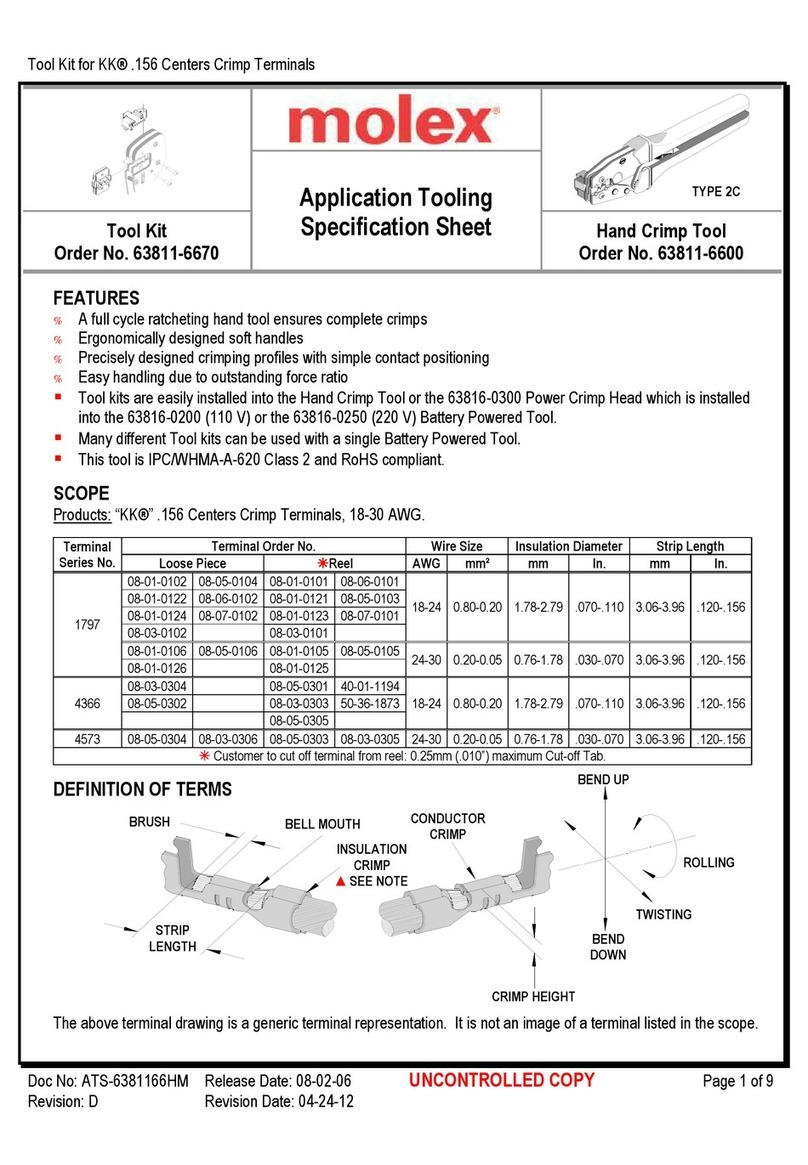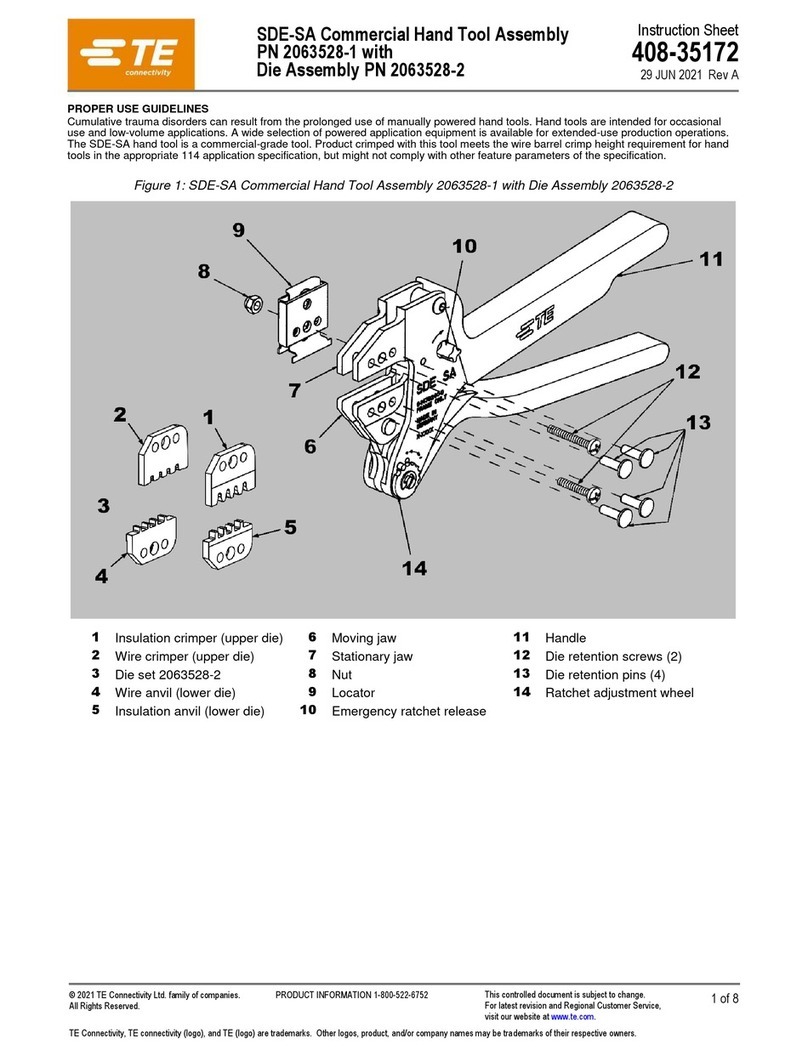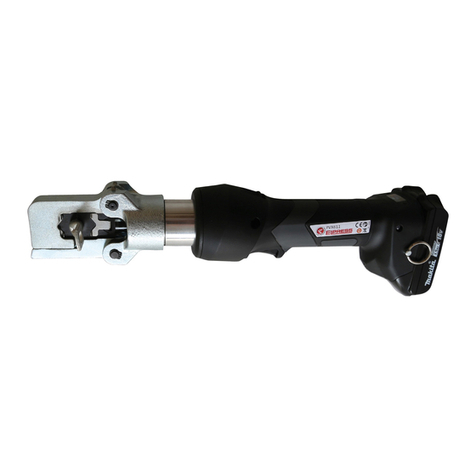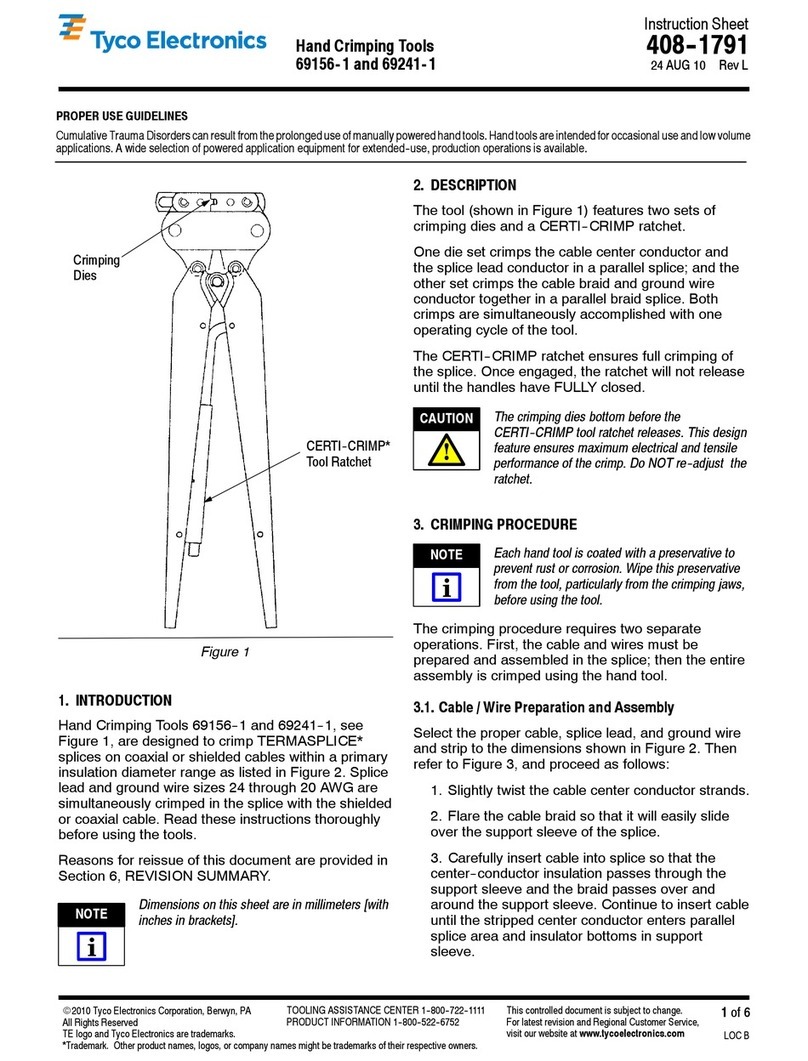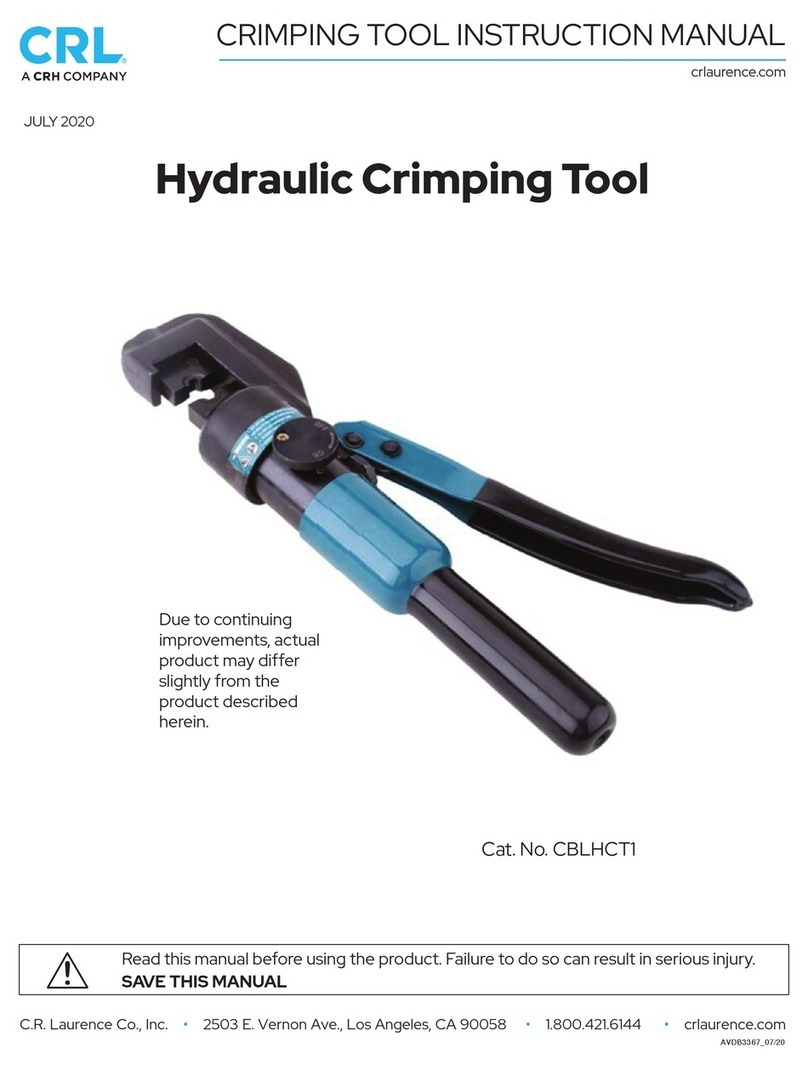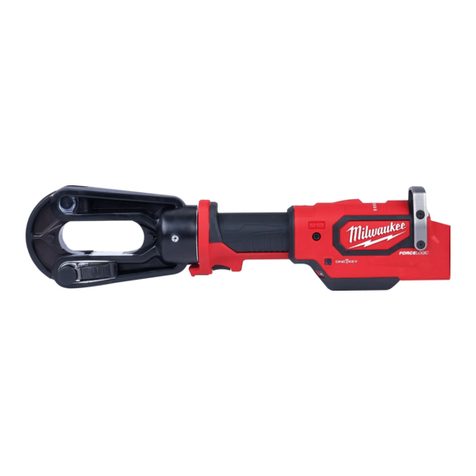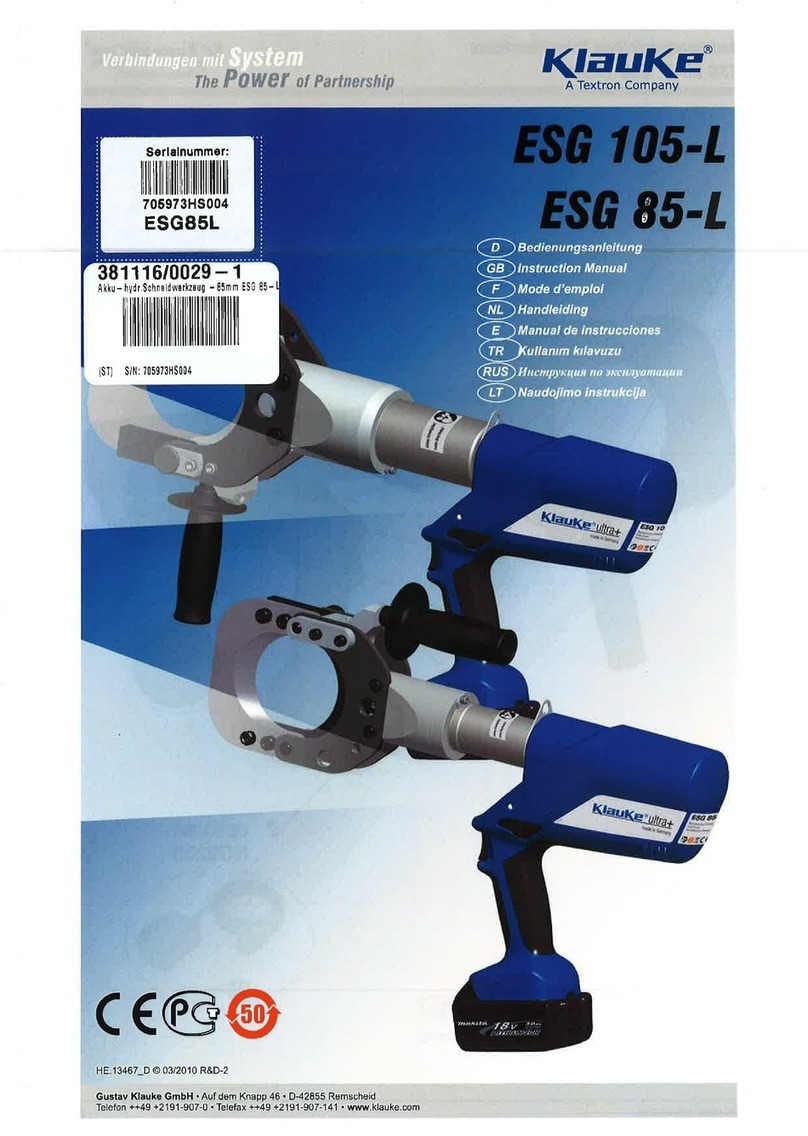Hand Crimp Tool For Cluster Block Terminal
Doc No: ATS-638250200 Release Date: 02-08-12 UNCONTROLLED COPY Page 5 of 7
Revision: B Revision Date: 09-03-20
MAINTENANCE
It is recommended that each operator of the tool be made aware of and responsible for the following
maintenance steps:
1. Remove dust, moisture and other contaminants with a clean brush or a
soft, lint-free cloth.
2. Do not use any abrasive materials that could damage the tool.
3. Make certain all pins, pivot points and bearing surfaces are protected
with a thin coat of high-quality machine oil. Do not oil excessively. The
tool was engineered for durability, but like any other equipment, it needs
cleaning and lubrication for a maximum service life of trouble-free
crimping. Light oil such as 30-weight automotive oil used at the oil points
every 5,000 crimps or 3 months will significantly enhance the tool life.
See Figure 10.
4. Wipe excess oil from the hand tool, particularly from the crimping area.
Oil transferred from the crimping area onto certain terminations may
affect the electrical characteristics of an application.
5. When the tool is not in use, keep the handles closed to prevent objects
from becoming lodged in the crimping dies, and store the tool in a clean,
dry area.
Miscrimps or Jams
Should this tool ever become stuck or jammed in a partially closed
position, do not force the handles open or closed. The tool will open easily
by pressing up on the ratchet release lever in the movable handle. See
Figure 11.
How to Adjust Tool Preload (See Figure 12)
Hand tool frame preload is factory preset to ensure crimp quality. It may be necessary over the life
of the tool to adjust tool handle preload force. Listed below are the steps required to adjust the
crimping force of the hand tool to obtain proper crimp conditions:
1. Open the hand tool.
2. Close the handle 2 ratchet clicks.
3. Hold the hand tool in the palm of
your hand as shown in Figure 12.
Using your index finger, squeeze the
link toward the top of the hand tool
frame. This will release the preload
adjustment wheel.
4. Rotate the setting wheel
counterclockwise (CCW) to increase
handle force. The numbers will
display higher. To decrease handle
force, rotate the setting wheel
clockwise (CW).
5. Release the link to lock the setting
wheel in place.
6. Check the crimp specifications or conduct a pull test after tool handle preload force is
adjusted.
